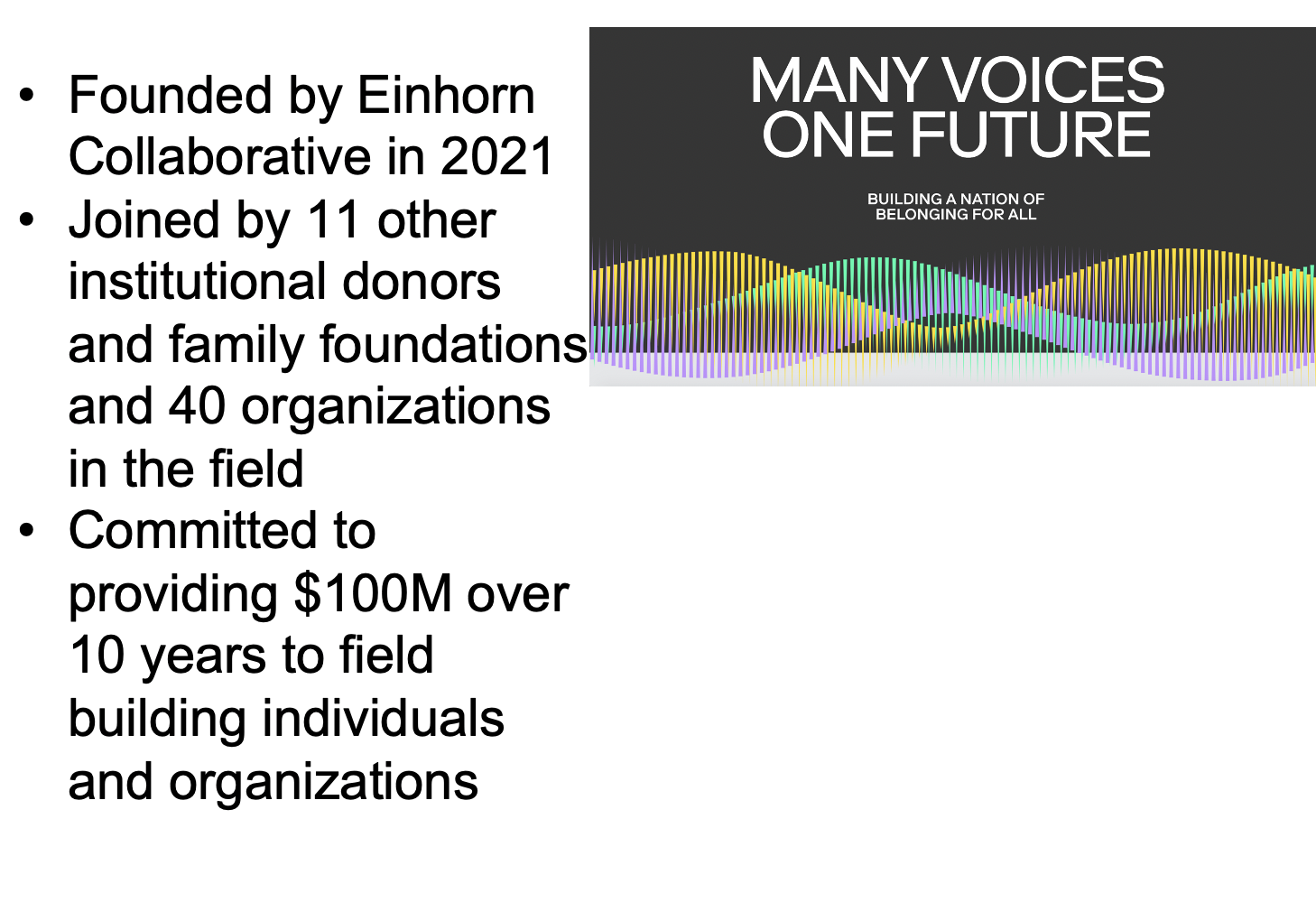Gearing up Your Giving: Transcending Partisanship and Polarization
Mar 09, 2022Sometimes donors get stuck because the impact they believe they can have with their giving doesn’t feel big enough.
One of the most common concerns we hear from donors looking to gear up their giving goes something like this:
“Our family doesn’t have tens of billions of dollars like the biggest foundations and philanthropists. We want to know that our dollars are actually making a difference in the world. We want to feel like our giving really matters. How do we make an impact we can hang our hats on, one that makes our family feel like we’re making a genuine difference?”
No matter which particular issues you focus on, there’s value in “thinking big” with your giving. This post is the first in a series that here's to help you think big about your giving whatever level of resources you’re bringing to the table.
Idea #1. Transcend Hyper-Partisanship and Polarization
In the United States and across many countries across the world, we have never been more divided. What if we could advance the work of social change without having to beat our opponents in a political death match? What if you could use your giving as medicine for what divides us? In his 2018 book Decolonizing Wealth, author and activist Edgar Villanueva describes the power of philanthropy when it successfully harnesses money and redeploys it to heal and unite people.
Done well, your giving can frame issues in ways that build a larger constituency around lasting solutions. In fact, there’s a promising school of thought and practice emerging along these lines. For example, as the political philosopher Steve McIntosh wrote in his 2020 book, Developmental Politics, “The good news is that the daunting problem of our dysfunctional democracy is creating the developmental pressure we need to “think anew and act anew,” as Lincoln famously said. Although further regression is certainly a real possibility, the fractured state of American society also has the potential to catalyze a cultural renewal that can lead to a new era of political cooperation and progress.”
And McIntosh isn’t alone in seeing these possibilities. In 2021, author and award-winning journalist Amanda Ripley explored how even the thorniest conflicts can be resolved in her New York Times bestseller High Conflict. That same year, performance and leadership specialist Jamie Wheal published Recapture the Rapture, a bestseller that investigates the power of intentionally constructed communities to transcend conflict from a position of neuroanthropology.
Transcending partisanship and polarization starts with appreciating how different worldviews have led us to focus on what divides us rather than what unites us. An elevated perspective can find points of commonality even in seemingly bitter conflicts. The core practice is to celebrate what is most valuable for each side's perspective. Then comes integrating these best attributes into something new that transcends the conflict.
Three Steps for Transcending Hyper-Partisanship and Polarization
- Elevate your own perspective to find points of commonality, even in seemingly bitter conflicts
- Celebrate what is most valuable in each side’s perspective
- Look for ways to integrate these most valuable elements into something new that transcends the conflict
The marriage equality movement is an excellent example of how this has worked in real time. In only twenty years, support for marriage equality in the United States went from 20% to almost 80%. The Supreme Court then made it the law of the land.
How was this massive, sweeping change accomplished? Advocates framed the issue of marriage equality in ways that integrated key values from all three major worldviews: love and family, caring and fairness, and individual freedom. Values of love and family spoke to those with a traditional worldview, values of caring and fairness spoke to those with a postmodern worldview, and values of individual freedom spoke to those with a modern worldview. In the end, this reframing and demonstration of value became an unstoppable message capable of reaching the hearts and minds of the American public.
Philanthropic Examples in Action
Leading philanthropists are increasingly incorporating this focus on transcending partisan and polarization into their giving. For example, Laurene Powell Jobs and the Emerson Collective sponsored the fellowship which allowed Amanda Ripley to do the deep research behind her ground-booking book on conflict resolution. And the Einhorn Collaborative’s work establishing the New Pluralists project is an emerging example of how philanthropic institutions and individuals can themselves come together across differences to focus on bridging what divides us. Launched in 2021, during the height of the pandemic, Einhorn has helped convene a dozen donors from diverse perspectives into a funders’ collaborative which collectively supports over 40 organizations working to embrace differences and solve problems together across the civic spectrum, on issues ranging from racial reconciliation to immigrant inclusion and interfaith engagement.

Stay connected with news and articles
Join us to receive the latest news and updates from our team.
Don't worry, your information will not be shared, and you can unsubscribe at any time
We hate SPAM. We will never sell your information, for any reason.

